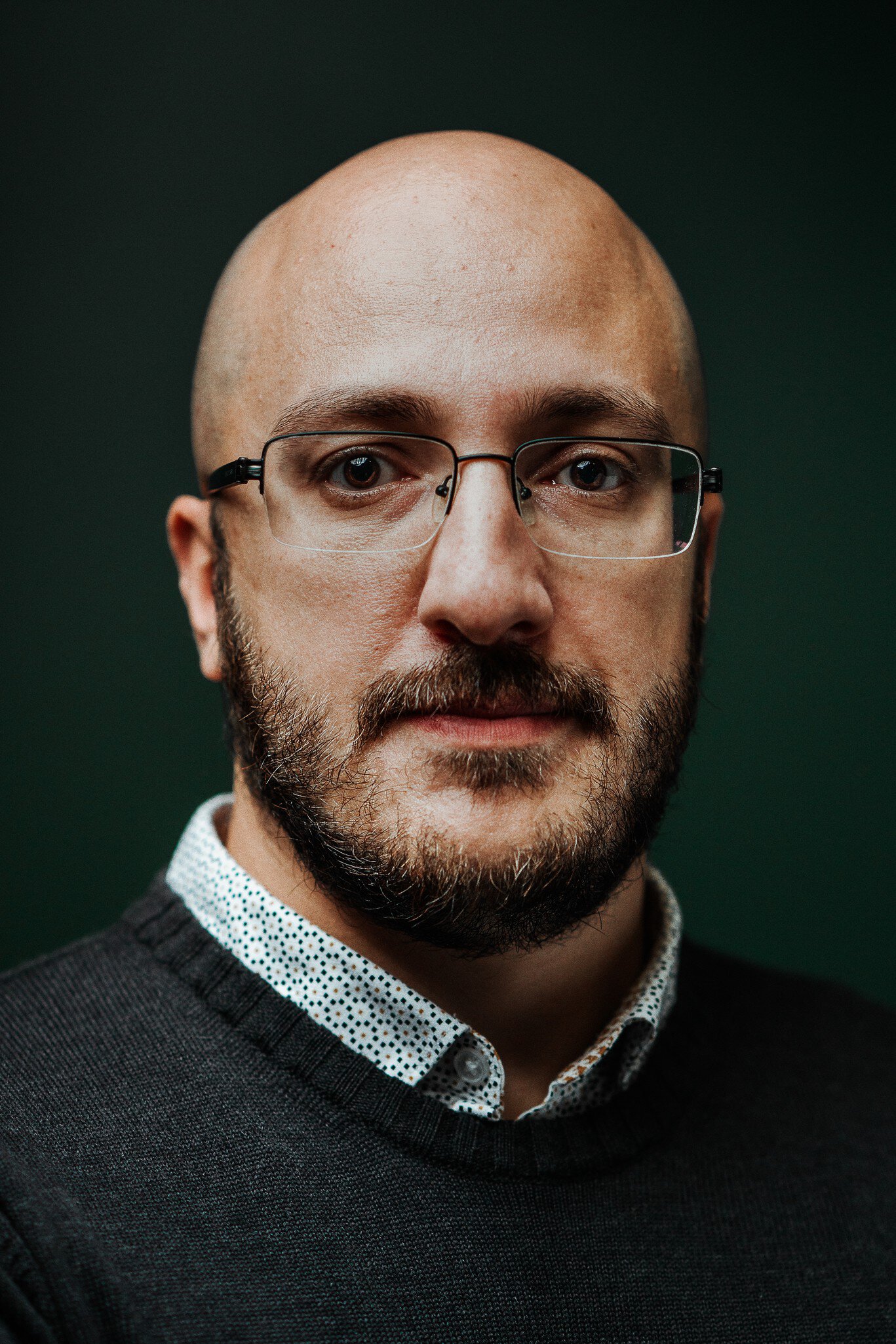Not one, but two Nobel Prize-winning plenary speakers
The question of technical highlights does not arise when the two plenary lectures are given by Anne L'Huillier and Ferenc Krausz. And yet the two conference chairs of CLEO®/Europe 2025, Crina Cojocaru and Daniele Brida, have many more highlights and trends from their conference up their sleeves.
Crina Cojocaru, Professor at the Faculty of Physics of the Polytechnic University of Catalonia, Barcelona, Spain
Daniele Brida, Head of Physics and Materials Science (DPhyMS) and Professor of Experimental Condensed Matter Physics at the University of Luxembourg, Esch-sur-Alzette, Luxembourg
Where does CLEO®/Europe 2025 focus in terms of content?
Brida: Given the breadth of content at our conference, that's not so easy to answer. It covers the entire spectrum of building blocks of optical and photonic systems and operates at the interface between basic research and application-oriented development. We see a strong trend towards the use of artificial intelligence (AI) across all program items. Photonics and AI are developing very productive interactions. The importance of CLEO®/Europe in the community is also demonstrated by the fact that we were able to attract Nobel Prize winner Anne L'Huillier and Nobel Prize winner Ferenc Krausz for plenary lectures. We have also been able to attract six selected experts as keynote and tutorial speakers. The spectrum ranges from compact ultrashort pulse fiber lasers and photonic nanoantennas for biology to integrated photonics for quantum computing and synergies between nonlinear, nano and quantum optics. Each of these fourteen specialist lectures opens up its own field of research. And these are just selected highlights, alongside which there will be a wealth of invited talks and poster sessions.
Cojocaru: "CLEO® provides a broad and deep insight into the state of research and application-oriented development in photonics. Laser beam sources, optics, material development, ultrashort pulse technology, high-energy lasers, non-linear optics, optical data transmission, biophotonics and medicine. And of course, there are many interfaces to the European Quantum Electronics Conference (EQEC), which is also embedded in CLEO®/Europe this time. Each of these fields of technology has many facets that are reflected in the program. Especially since, as mentioned, we move between fundamental research and enabling technologies for industrial, medical and scientific applications. We are concerned with the essence of photonic technologies.

Are there currently any exciting technological trends in your photonics segment?
Cojocaru: There are trends in each of the 23 subject areas. Overarching trends are definitely the use of AI and miniaturization on the one hand and the increasing complexity of large scientific instruments on the other. The ongoing movement towards photonic applications on a nanoscale is also a significant trend. It is a fundamental fact that CLEO®/Europe deals with technological approaches that will only find their way onto the markets five to ten years later. This applies to photonics, optics and materials as well as to know-how.
Brida: I would like to emphasize that. Many laser applications today are all about simplification and reducing costs and complexity, as well as integration at chip level wherever possible. And in exactly the opposite direction, we see ever more complex photonic-based equipment and devices that work with extreme power, energy levels and precision. For the first time, we are organizing the joint symposium "Photonics for AI" with EQEC on the use of AI in photonics. A significant number of the presentations submitted address this topic—and I assume that this will increase in the coming conferences. After all, this technological trend has a major impact on our industry.
Cojocaru: It is basically the case that CLEO®/Europe deals with technological approaches that usually only find their way onto the markets five to ten years later. This applies to photonics, optics and materials as well as to know-how. Our conference is therefore always a look into the future of photonics.

Are there any highlights that you would like to point out to the LASER community?
Brida: Of course, the plenary lectures by Anne L'Huillier and Ferenc Krausz and the keynotes are absolute highlights from a technical point of view. The quality of the invited talks and the presentations submitted will also be high, especially since we have applied strict criteria to the latter and made a careful selection.
Cojocaru: At the same time, our conference offers many opportunities to make contacts, maintain networks within your own discipline and beyond, and exchange experiences. Five other specialist conferences and three leading international trade fairs—Laser World of Photonics, World of Quantum and automatica—are taking place right next door. Many exhibitors use CLEO®/Europe/EQEC to find out about the latest technology and research trends, to be inspired or to find competent partners for future research projects. Conversely, many of our participants flock to the exhibition halls to talk to exhibitors. This event offers an ideal platform for professional exchange and for strengthening our community. For me personally, my first visit to CLEO®/Europe was a very good experience. I was still a PhD student at the time, met experts from all over the world—and it felt like all the doors to science were opening for me. At that moment, it was exactly the place in the world I wanted to be. Now I'm on the other side. And like many of my experienced colleagues, I want to do my part to ensure that today's talents can have the same experience. We welcome them with open arms, interact with them as much as possible and, with our Mentoring Session and Career Session, have formats that are tailored precisely to their needs. There is a special, human atmosphere in our industry—and we want young people who can imagine a career in photonics to feel that.
Further information on CLEO®/Europe 2025 can be found here.
